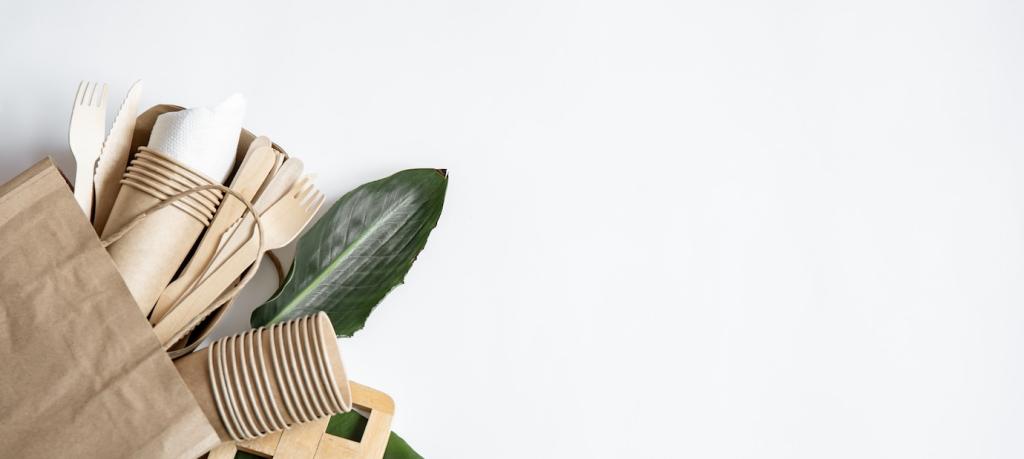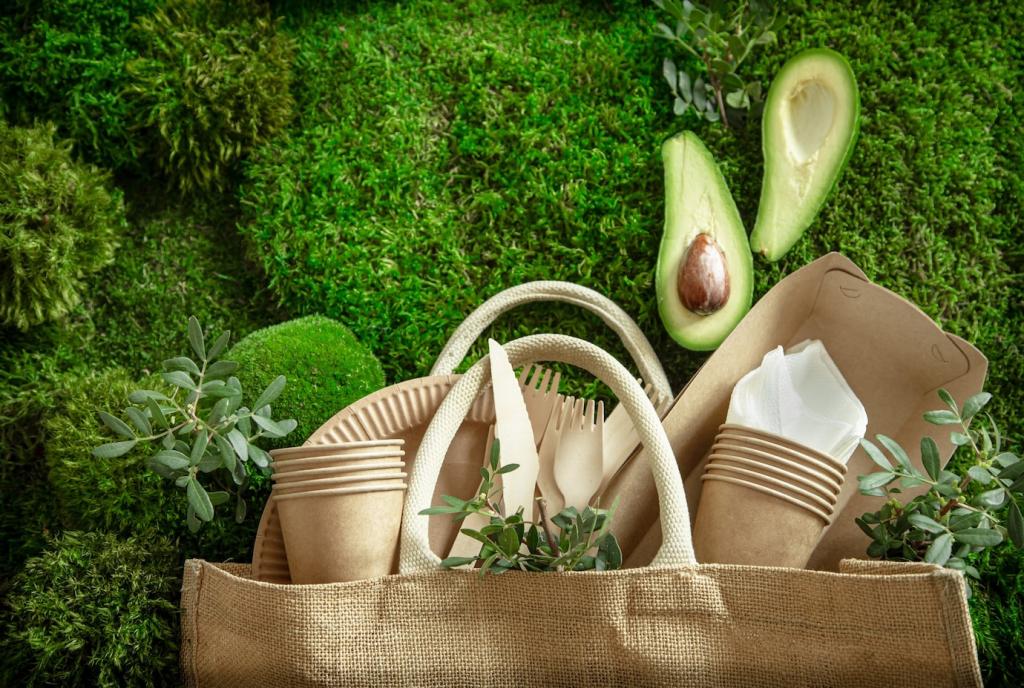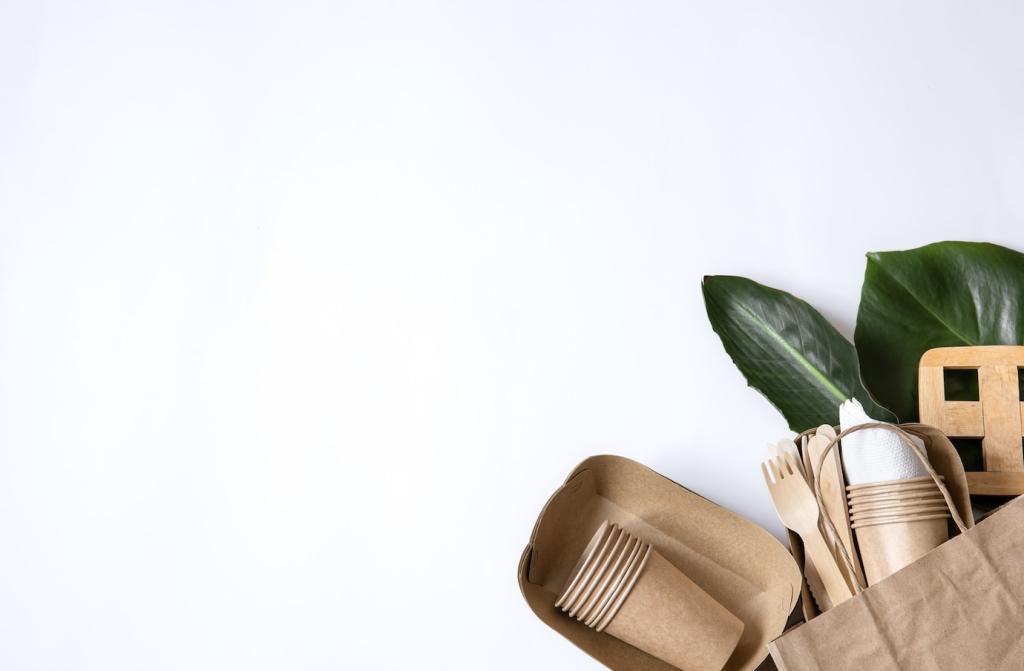Apartment Solutions: Bokashi and Worm Bins
A sealed bokashi bucket and inoculated bran ferment food—including small amounts of cooked leftovers—without strong smells. After two weeks, bury or add to an outdoor bin to finish into dark, rich compost.
Apartment Solutions: Bokashi and Worm Bins
A ventilated tote, moist bedding of shredded paper, and red wigglers create a compact system for steady compost. Feed small, frequent portions, keep citrus minimal, and harvest silky castings every few months.



